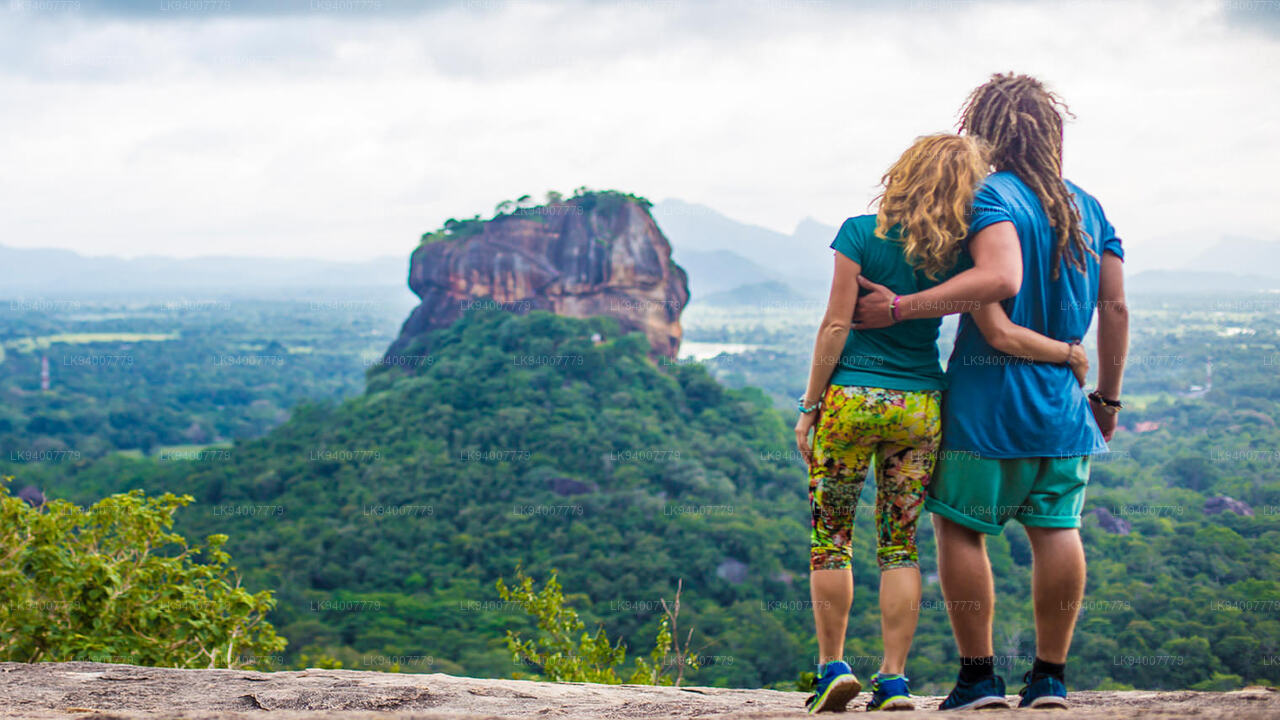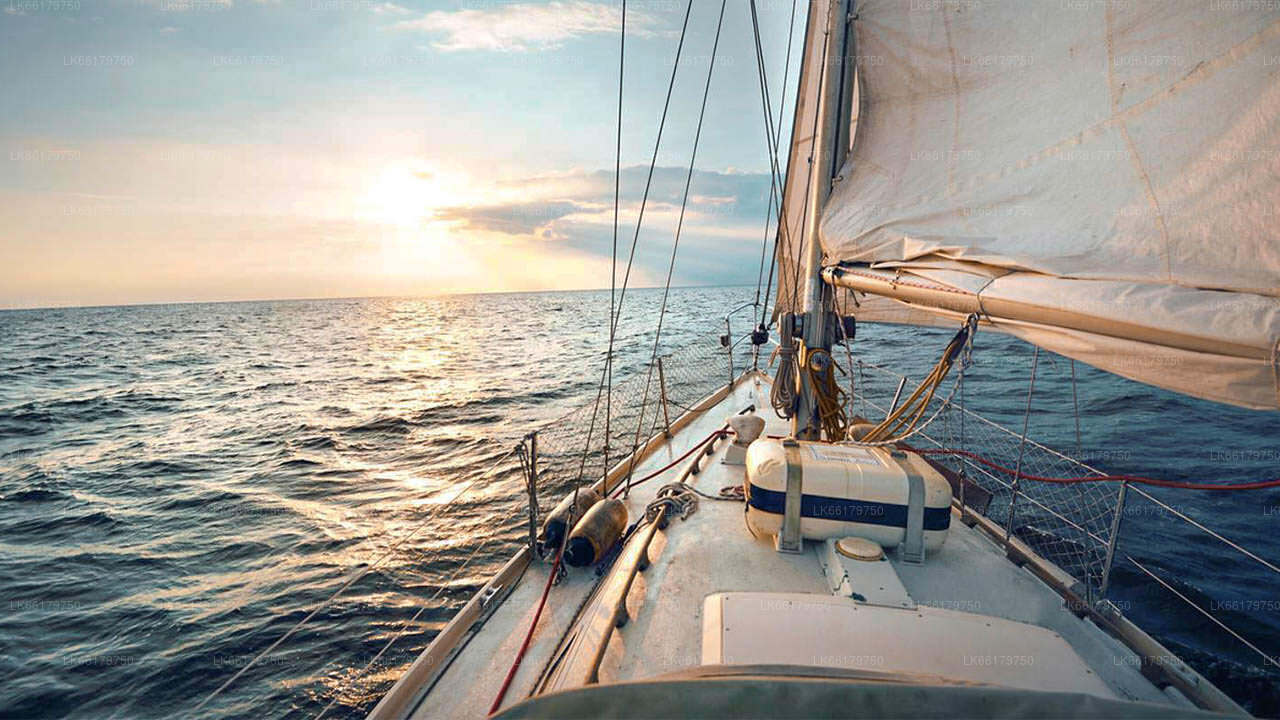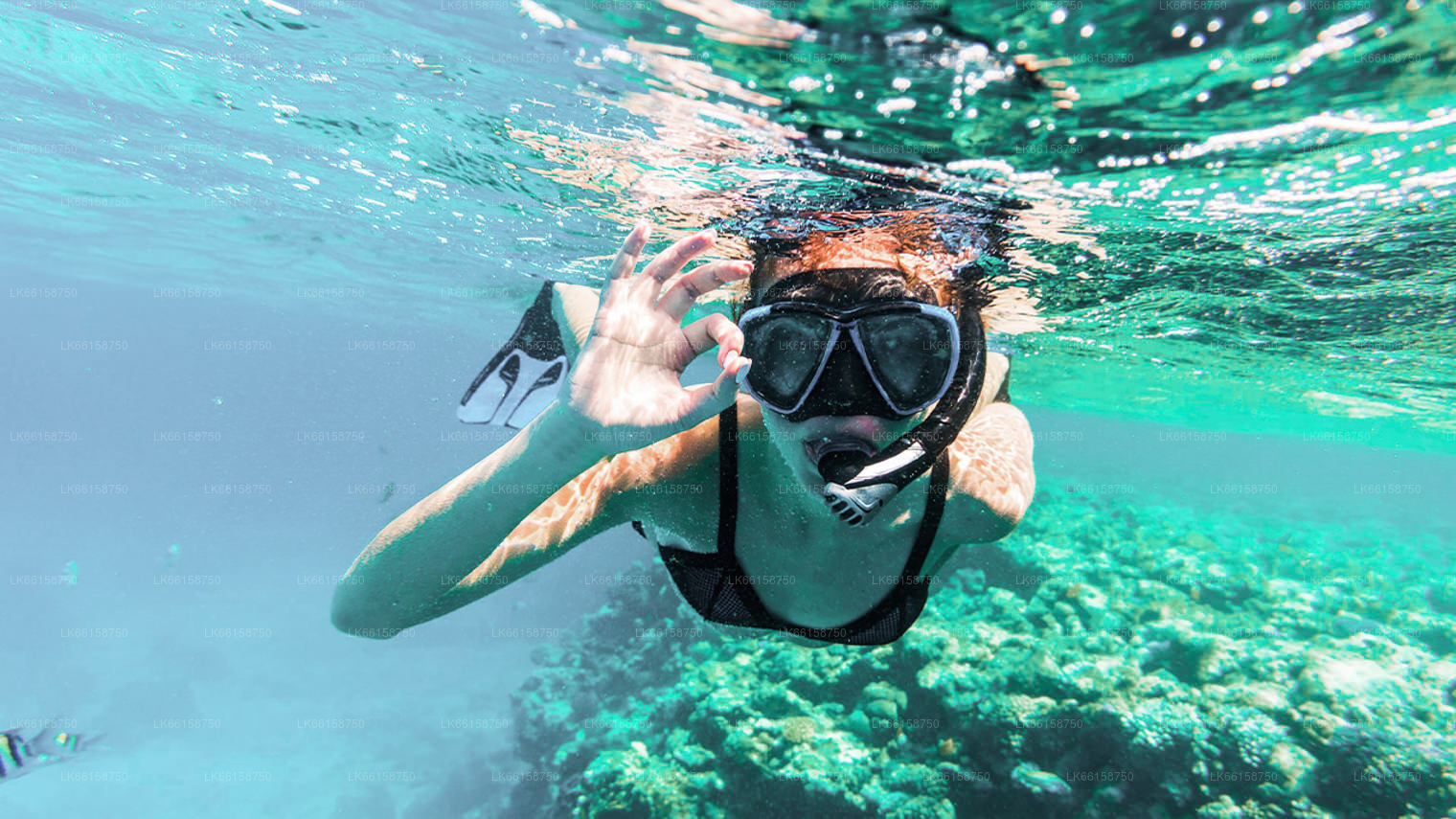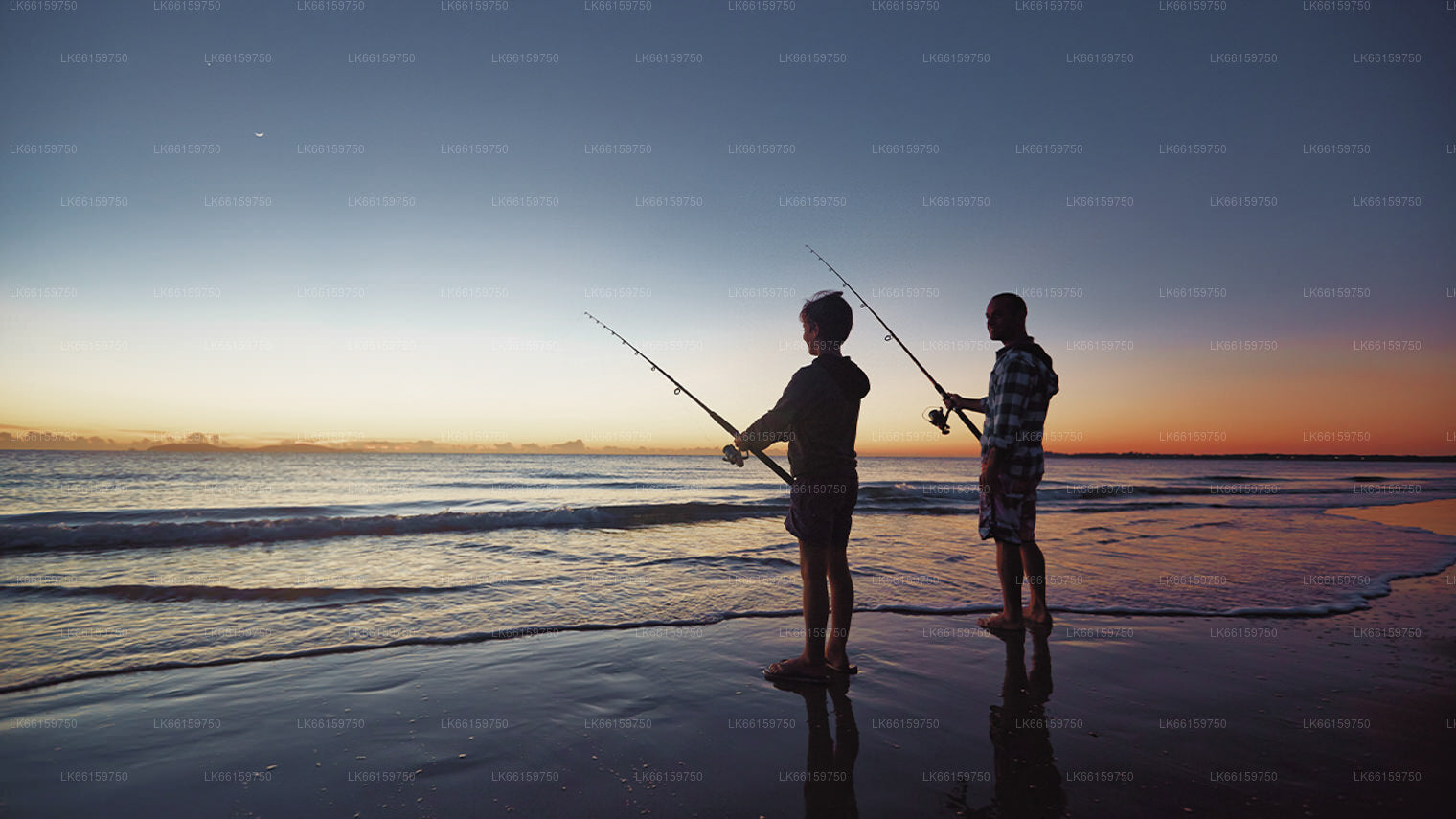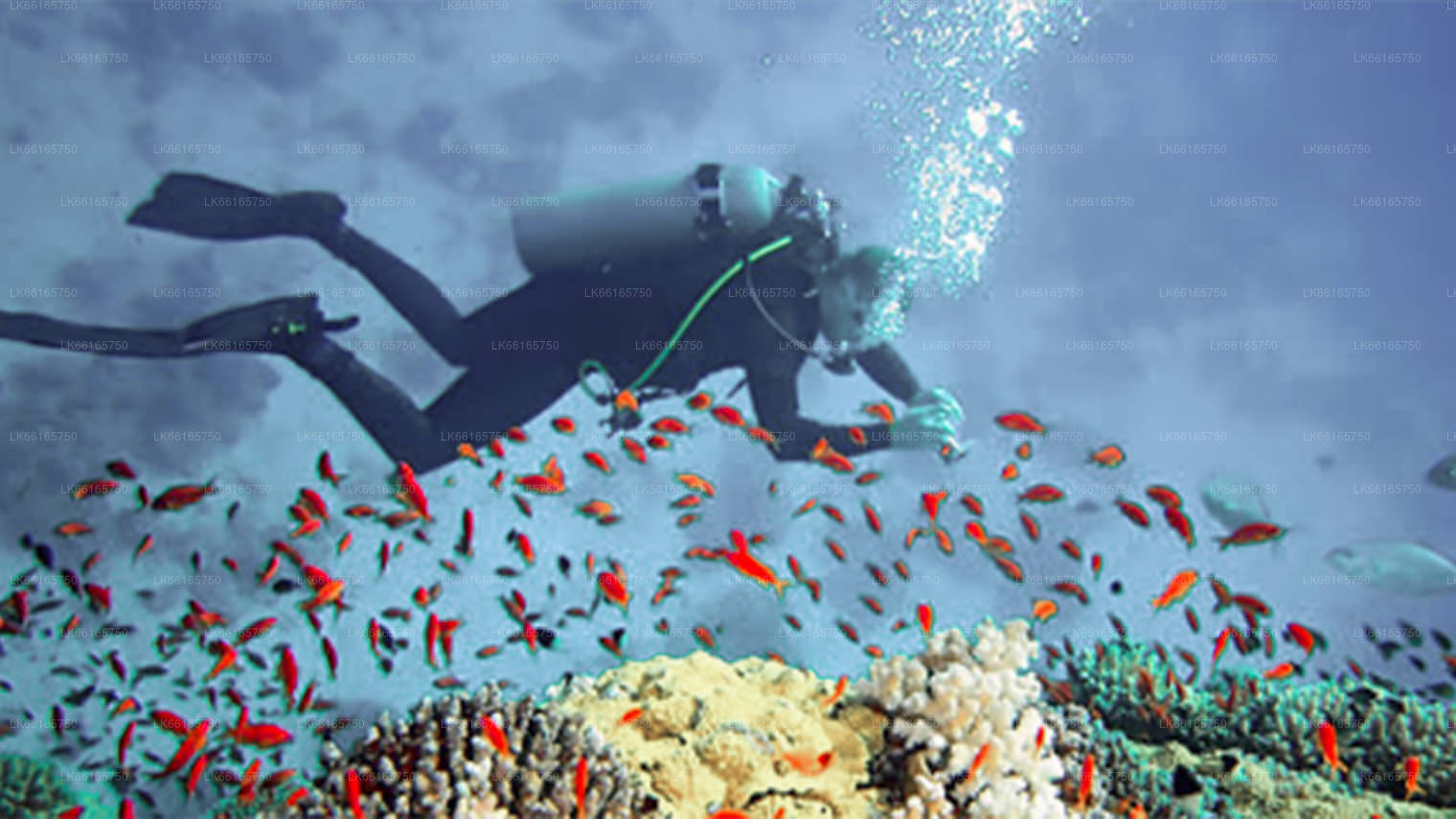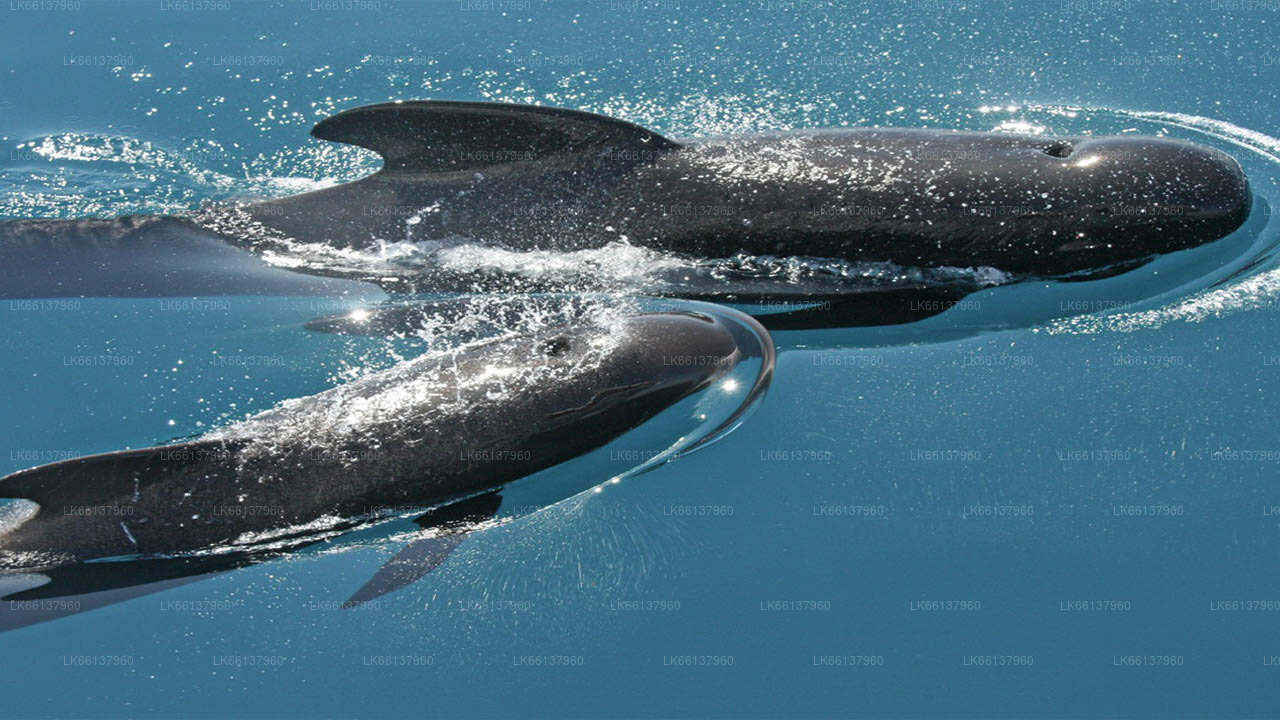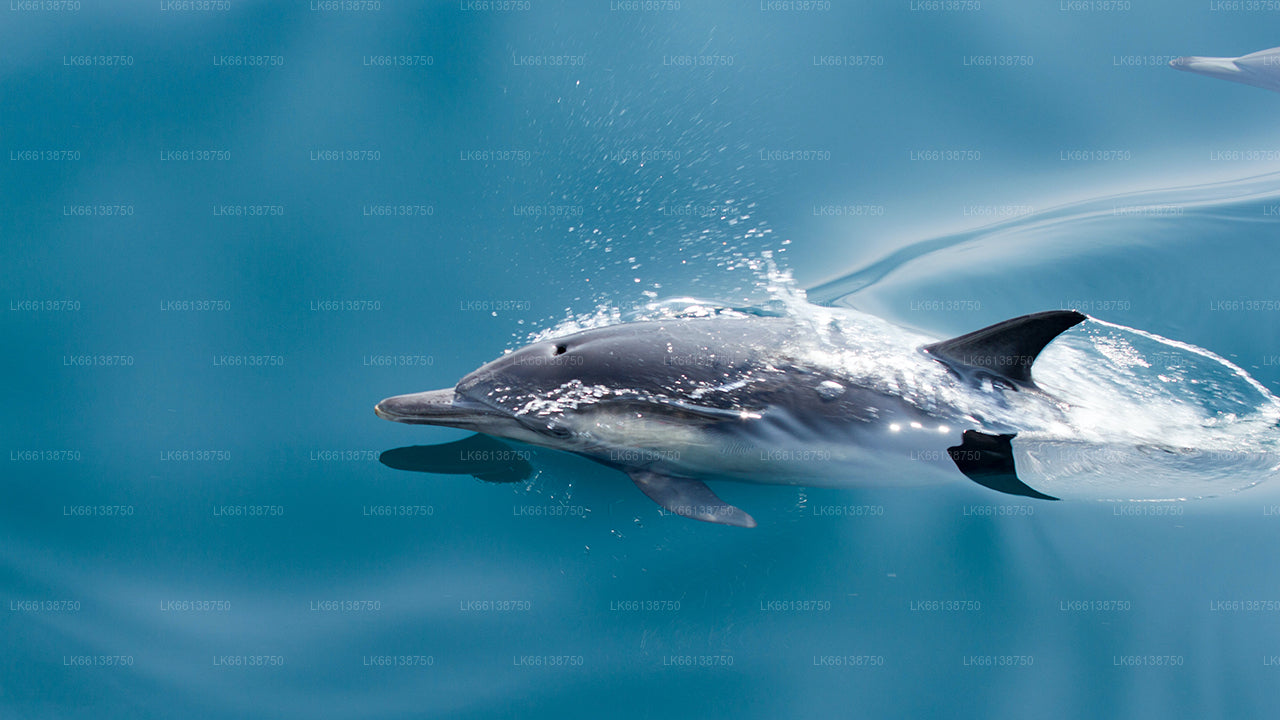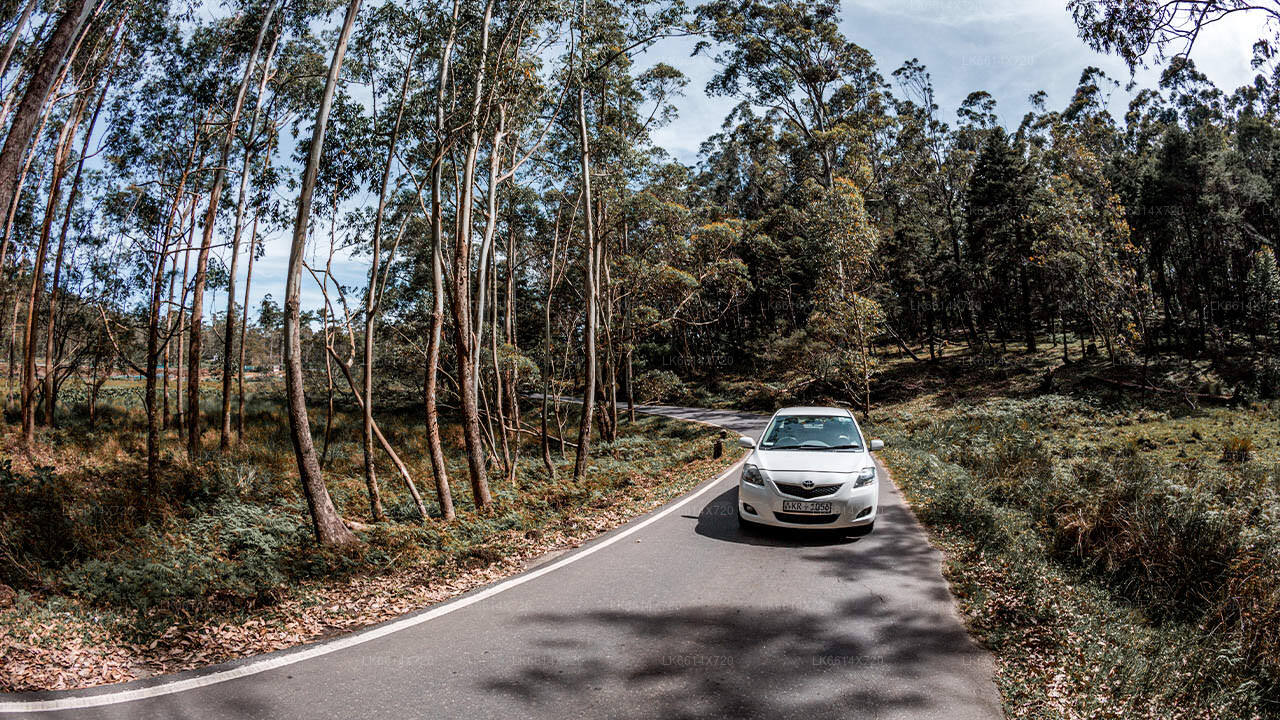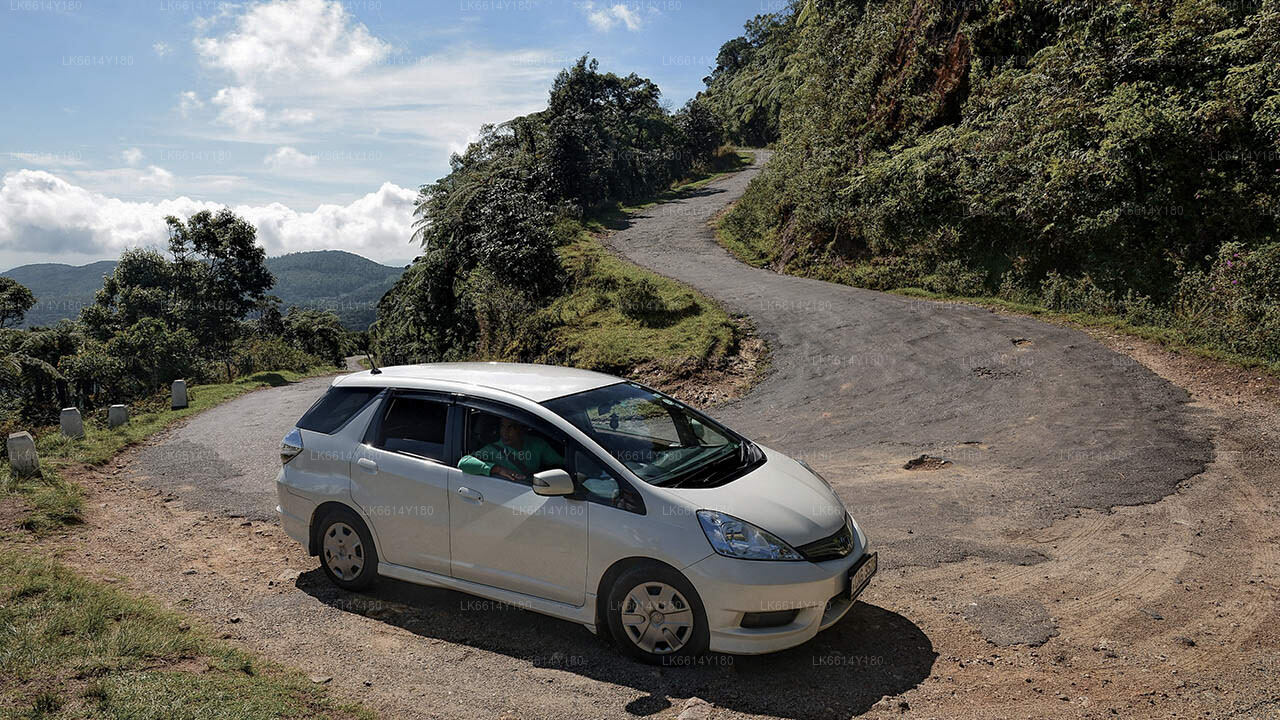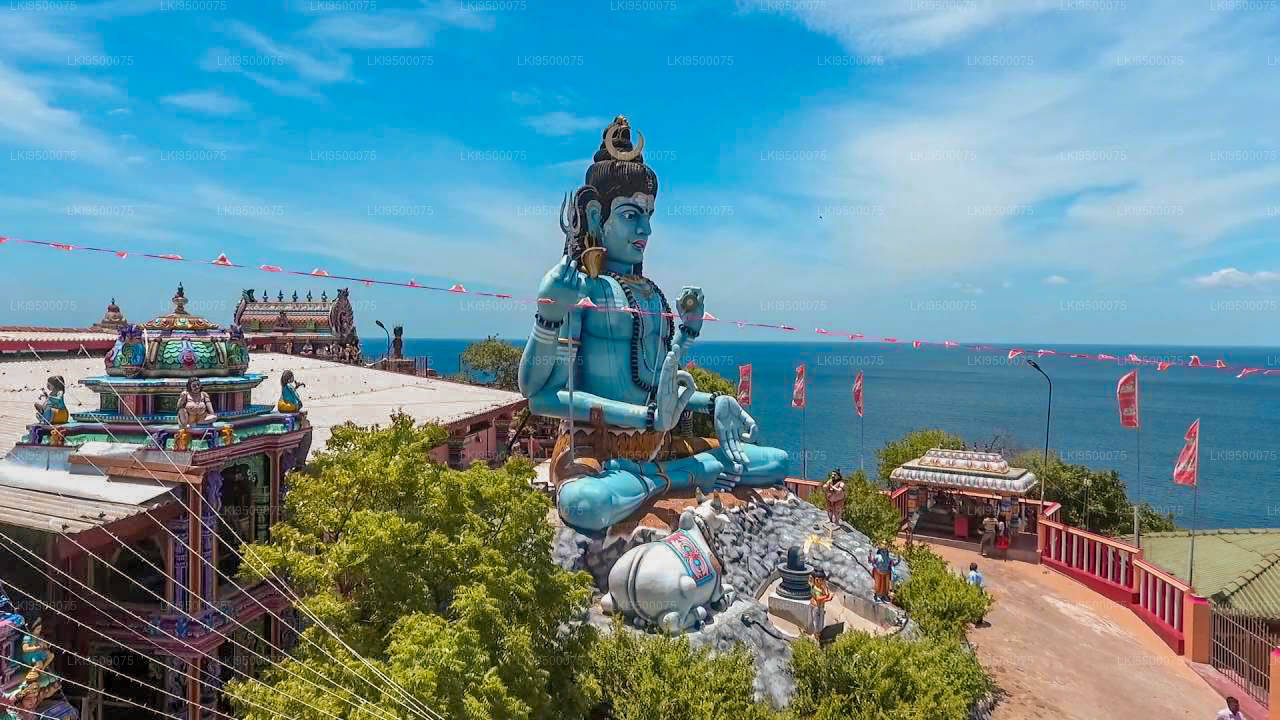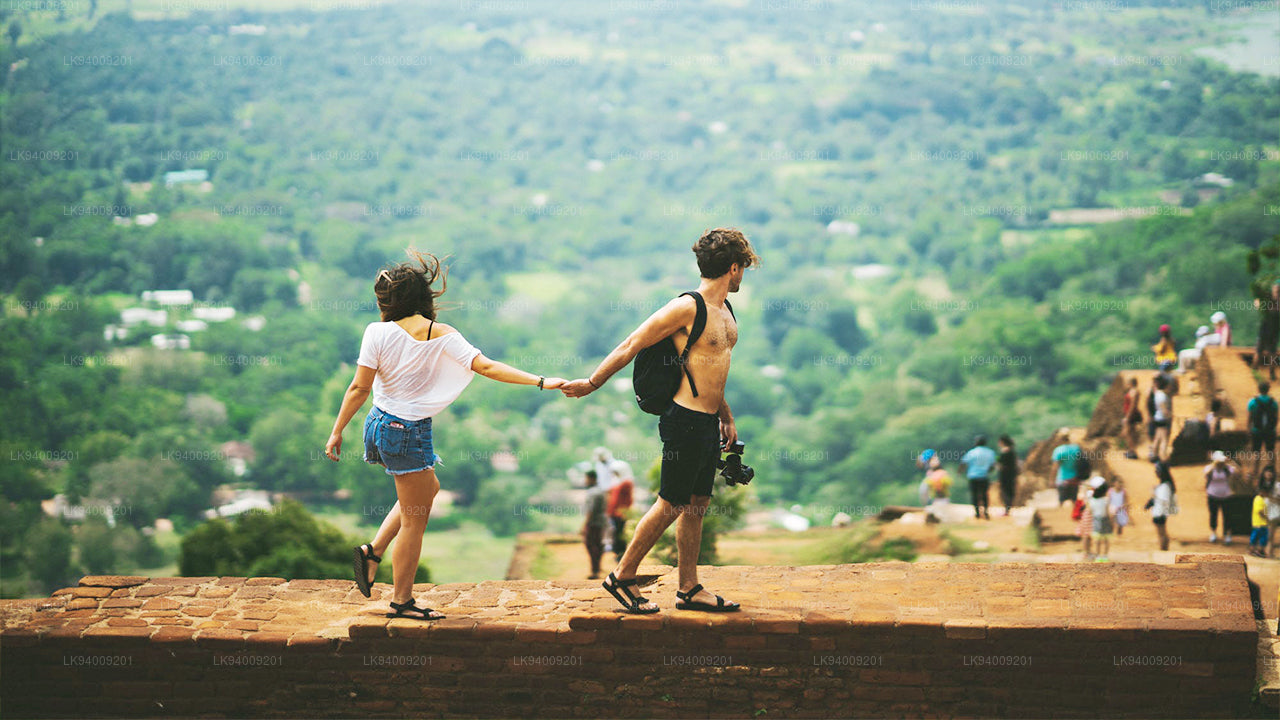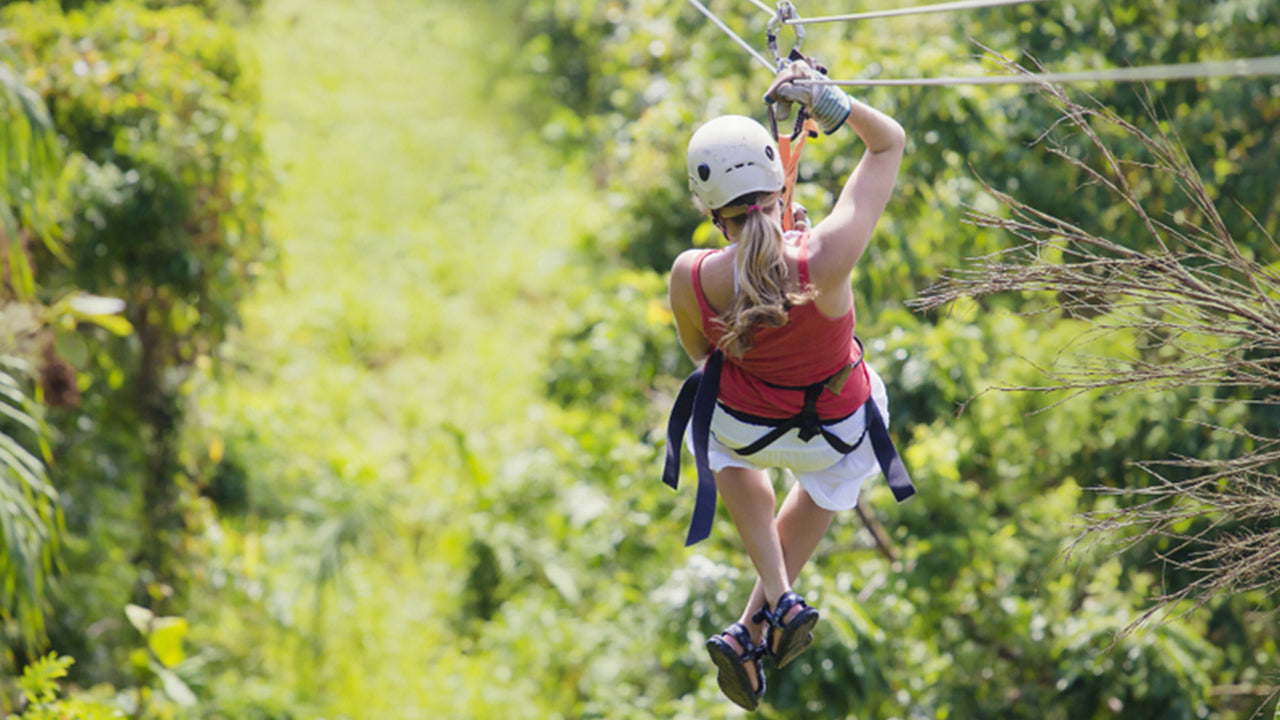
Trincomalee City
Trincomalee, located on the northeast coast of Sri Lanka, boasts a natural deep-water harbor and pristine beaches. Rich in history, it features landmarks like the ancient Koneswaram Temple. The city's diverse marine life and vibrant culture make it a captivating destination for tourists and historians alike.
Trincomalee
Trincomalee, ancient Gokanna, town and port, Sri Lanka, on the island’s northeastern coast. It is situated on a peninsula in Trincomalee Bay—formerly called Koddiyar (meaning “Fort by the River”) Bay—one of the world’s finest natural harbours.
Trincomalee was in early times a major settlement of Indo-Aryan immigrants. The Temple of a Thousand Columns (also called Koneswaram Temple), located at the extremity of the peninsula, came into use as a Hindu temple sometime in the 7th century or earlier. The first Europeans to occupy the town were the Portuguese in the 17th century; they razed the temple, using its stone to construct a fort. The port’s harbour changed hands repeatedly among the Dutch, French, and British until the British gained lasting possession of it in 1795. Trincomalee’s importance as a major British base was heightened after the Japanese ousted the British from Singapore in World War II; the Japanese bombed the town in 1942. The British continued to hold the harbour after Sri Lanka’s independence but relinquished it in 1957.
The port of Trincomalee is no longer important commercially, though in the 1960s congestion and labour problems at Colombo, Sri Lanka’s commercial capital and chief port, caused some trade to be routed through it. Tourism has become an important component of the local economy. The town is a rail terminus and has good road connections with the rest of Sri Lanka. In December 2004 a large tsunami triggered by an undersea earthquake near Indonesia killed hundreds of people in Trincomalee and caused widespread destruction there. Pop. (2007 prelim.) 51,624.
Trincomalee is also featured on TripAdvisor, Viator and GetYourGuideAbout Trincomalee District
Trincomalee is a port city on the east coast of Sri Lanka. The Bay of Trincomalee's harbour is renowned for its large size and security; unlike every other in the Indian Sea, it is accessible to all types of craft in all weathers. The beaches are used for surfing, scuba diving, fishing and whale watching. The city also has the largest Dutch fort in Sri Lanka. It is home to major Sri Lankan naval bases and a Sri Lankan Air Force base.
Most of the Tamils and Sinhalese believe that this place is sacred to them and they are the indigenous people of the area. Trincomalee and its environs have both Hindu and Buddhist sites of historical importance. These sites are sacred to the Hindus and Buddhists.
About Eastern Province
The Eastern Province is one of the 9 provinces of Sri Lanka. The provinces have existed since the 19th century but they didn't have any legal status until 1987 when the 13th Amendment to the 1978 Constitution of Sri Lanka established provincial councils. Between 1988 and 2006 the province was temporarily merged with the Northern Province to form the North-East Province. The capital of the province is Trincomalee. The Eastern province's population was 1,460,939 in 2007. The province is the most diverse in Sri Lanka, both ethnically and religiously.
Eastern province has an area of 9,996 square kilometers (3,859.5 sq mi).The province is surrounded by the Northern Province to the north, the Bay of Bengal to the east, the Southern Province to the south, and the Uva, Central and North Central provinces to the west. The province's coast is dominated by lagoons, the largest being Batticaloa lagoon, Kokkilai lagoon, Upaar Lagoon and Ullackalie Lagoon.

